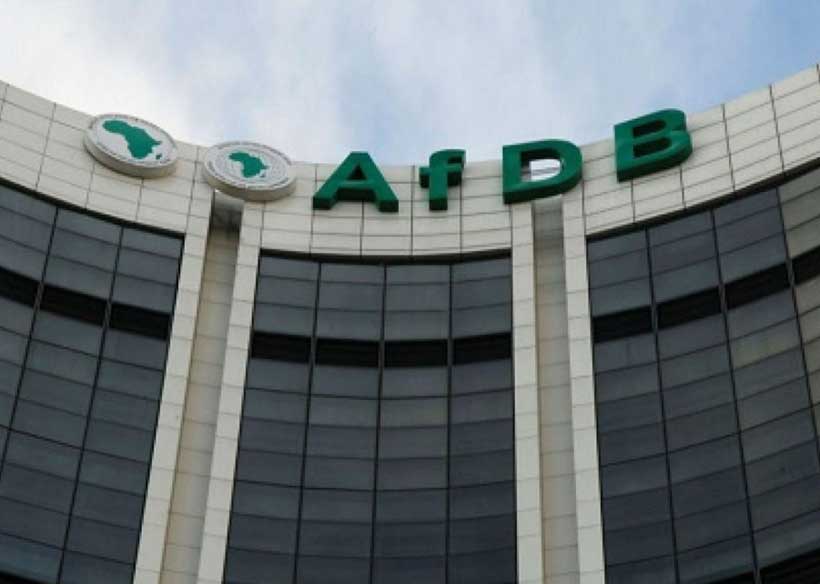Inflation falls below RBZ’s monthly target
The rate of price increases in the local economy continued to slow down with the month-on-month inflation for March 2021 coming out at 2,26 percent after shedding 1,19 percentage points from 3,45 percent recorded in February.
On an annual basis, the inflation rate for March 2021 as measured by the all items Consumer Price Index (CPI) stood at 240,55 percent down from the February figure of 322 percent.
The downward inflation outturn is in line with the Government’s expectations that inflation will continue to slow down for the better part of the year.
This means although prices are still increasing, the pace at which they are increasing has slowed down.
The Reserve Bank of Zimbabwe in its 2021 Monetary Statement highlighted that the country is expected to continue experiencing gradual disinflation until it reaches below 10 percent by December 2021.
At the time, central bank governor John Mangudya, said the inflation path will be underpinned by a targeted month-on-month inflation rate of below 3 percent.
Market watchers say the continued downward trend in inflation is underpinned by exchange rate stability that is currently prevailing in the country since the introduction of the foreign currency auction system towards the end of June last year.
The RBZ reckons the current price stability was also brought about by the conservative monetary targeting framework, fiscal discipline and efficacy in the mobile banking system.
Coupled with increased food production due to a favourable agriculture season, inflationary pressures are expected to remain subdued in the short to medium term, according to the central bank.
The month-on-month food and non-alcoholic beverages inflation rate which is prone to shocks stood at 2,52 percent in March 2021, shedding 1,90 percentage points on the February 2021 rate of 4,42 percent. Market watchers expect food inflation to fall further given the country is likely to be food sufficient this year following a good rainfalls season.
A good harvest will not only reduce the need to import food but will also reduce pressure on the exchange rate.
Between the last harvest and the next, the country would have used more than US$1 billion on food imports, with the bulk going towards the importation of crude soya for cooking oil production, wheat and maize.
With global food prices having been on an upward trend, this would put pressure on inflation through what is known as imported inflation.
The month-on-month non-food inflation rate stood at 2,06 percent, shedding 0,67 percentage points on the February 2021 rate of 2,73 percent reflecting the stability in core inflation.
Most often changes in food and fuel prices are not related to a trend change in the economy’s overall price level but related to temporary factors, that are quickly reversed. The RBZ has since accused economic players benefiting from the low official exchange rate of charging prices using parallel market rates. This, the RBZ says, fuels inflation in the economy.
Curiously the blended inflation, which takes into account prices in both local and foreign currency, was on the upside, reflecting that prices increased at a faster rate in US dollar terms for the month under review.
The month-on-month inflation rate in March 2021 was 1,09 percent gaining 0,38 percentage points on the February 2021 rate of 0,71 percent.
While the month-on-month food and non-alcoholic beverages inflation rate stood at 1,07 percent in March 2021, shedding 1,59 percentage points on the February 2021 rate of 2,66 percent, the month-on-month non-food inflation rate stood at 1,1 percent, gaining 1,33 percentage points on the February 2021 rate of -0.23 percent.
The upsurge could reflect the increase in fuel prices witnessed during the month under review.
The central bank expects blended monthly inflation increases to remain low for much of this year. It is forecast that month-on-month inflation will drop to 0,3 percent by December 2021.-ebusinessweekly.cozw










